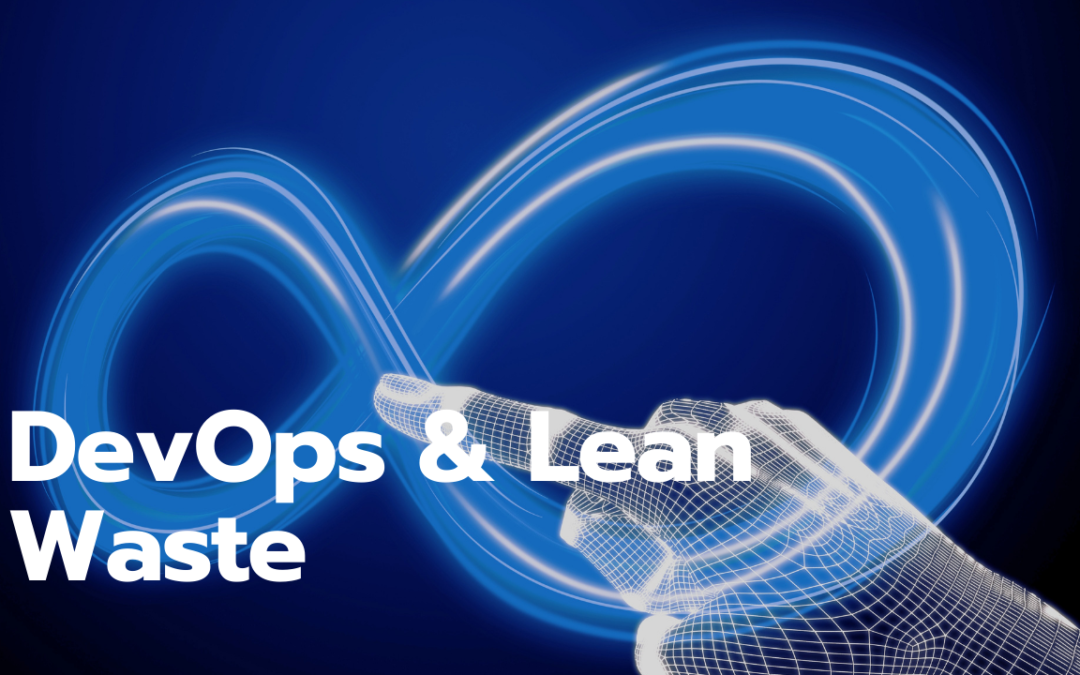DevOps origins
The Devops origins – A revolutionary Road
DevOps is a set of practices that brings together Development (Dev) and IT Operations (Ops). It is essentially a culture that comes from the fusion of management principles, traditional software development, infrastructure management processes and tools that increase an organization’s ability to deliver applications and services at an intense pace.
Getting all IT departments to work together is a concept that may seem obvious, like isn’t it what they should do? But the reality is more complex for a very simple reason: traditionally, Devs and Ops each operate in silos and have diametrically opposed roles and objectives. DevOps was created to reconcile these two opposing camps. To fully understand it, we must deconstruct this tragedy in 3 acts, leading to the Dev/Ops rupture.
Systemic issues
To understand the very notion of DevOps, we need to travel back in time. Traditionally, IT departments were organized on a functional basis, organizing teams according to their areas of expertise – database administrators, network administrators, server administrators, developers, and so on. Each in different groups, and to add to the difficulty, each with diametrically opposed goals…
Devs
Developers focus on meeting business needs for new features and functionality and getting them into production as quickly as possible.
Ops
IT operations have the mission to provide customers with a stable, reliable and secure IT service, and therefore strive to avoid implementing changes that could jeopardize production.
And here comes the drama
Here begins the classic drama, a 3-act structure.
The Set-Up
The scene started in Ops, busy maintaining applications and infrastructure to ensure that the organization continues to deliver value to their customers. The grind is to deal with issues due to application complexity, technical debt and daily hacks. Of course, the pledge is made to fix the problem later, when the workload eases…
The confrontation
Obviously, the most vulnerable artifacts, being the most subject to heavy and ever-urgent modifications, are also the ones that generally support the most critical projects or the most revenue-producing systems. And therein lies the tragedy. A bug, a system down, delays, a security problem. And while the Ops teams are busy solving the problem, a Product Manager or a CEO or a Business Manager comes up with a brilliant idea for a new feature that will surely solve all the pre-existing problems (no matter how difficult or technically challenging). Once again, the Devs enter the scene and have to come up with a quick solution to create this new feature, meet the technical challenges and sometimes take shortcuts to meet the deadlines. And the cycle goes on…
Resolution
No happy ending here, the cycle ends up leading to extended delivery cycles, less reliable deployment results, failures, greater resistance from Ops to any change, internal and external feedback processing slows down… Finally the whole company loses its competitivity and the IT teams who feel stuck in a system that predisposes to failure in which they feel powerless and unrecognized Ask any system administrator what they think about the joys of Friday night deployment, which forces all teams to work all weekend.
“Practice the philosophy of continuous improvement. Get a little bit better every single day.”
— Brian Tracy
The Follow Up – Calms down
Over the past decade, technological progress and digital transformation have impacted all businesses. Digital transformation is driven by customer, partner and supplier interactions, which are increasingly moving towards digital. Nowadays, « every company is a tech company » and applications and infrastructure have become key strategic differentiators for companies. This means that the stakes and pressure facing IT teams are huge.
And here comes DevOps! The idea appeared for the first time in 2008 from the meeting of Andrew Shafer (software developer) and Patrick Debois (sysadmin) at a session that became famous at the Toronto Agile conference: Birds of Feathers. Gone are the days of “siloed” development and operations teams, often merged into a single team where engineers work together on the life cycle (build – test – release). Over the years, frameworks have also appeared that bring together the basic principles of DevOps: CALMS, The Three Ways, Accelerate.
To Sum Up
DevOps is in itself a culture shift: small teams working on small chunks of work from beginning to end while focusing on shared goals, which always take priority over individual or group goals. Technically speaking, the DevOps model aims to normalize and standardize development environments, automating processes (testing and automation) and eventually providing a wide range of self-service functionalities. From a human perspective, DevOps allows for frequent and rapid feedback between operations and development, identifying operational issues earlier, thus allowing for more efficient work without wasting time. Most importantly, DevOps provides teams with psychological safety, enabling innovation. DevOps requires a shift from a hero culture to a learning culture, and a culture of collaboration and transparency. The results of DevOps adoption are indisputable. Organizations that practice DevOps deploy their code thirty times more often, the time it takes to go from “validated code” to “successful production release” is eight thousand times faster.
The highest performing organizations have timelines measured in minutes or hours, while the lowest performers have timelines measured in weeks, months, or even quarters. Not only do organizations get more work done, they get much better results: when top-performing organizations deploy changes and code, they are twice as likely to complete them successfully (i.e., without causing production downtime or service degradation), and when the change fails and results in an incident, the time to resolve the incident is twelve times faster.
The biggest companies have understood this, such as Facebook, Google or Netflix…
You may also like

Brooks Law
One of the touchiest topics in project management is how to deal with a late project. A few years ago, when meeting a developer...

DevOps Frameworks
Like every decent movement there are various frameworks: Three Ways – Calms and Accelerate are the best known.

DevOps KPI
to ensure the efficiency of DevOps, it is better to know which metrics to evaluate. Let’s have a look at the DevOps Key Performance indicators
Blog

DevOps & the Lean waste
DevOps adopts the same goal as Lean, which is to reduce or eliminate waste, and in IT waste comes in many forms. Rework...

DeVops Practices & tools
DevOps is a set of practices that standardize software development (Devs) and infrastructure management (Ops) processes to...

The 4 key areas of expertise in digital transformation
Digital transformation is a major strategic focus for executives. In fact, 70% of companies report having a Digital...